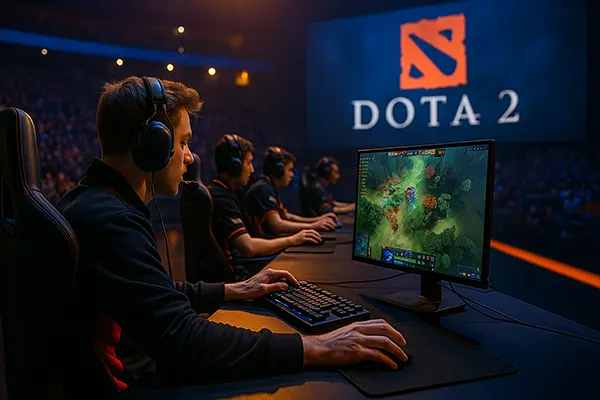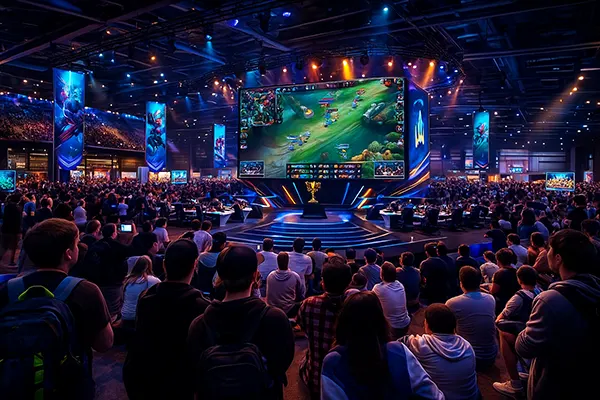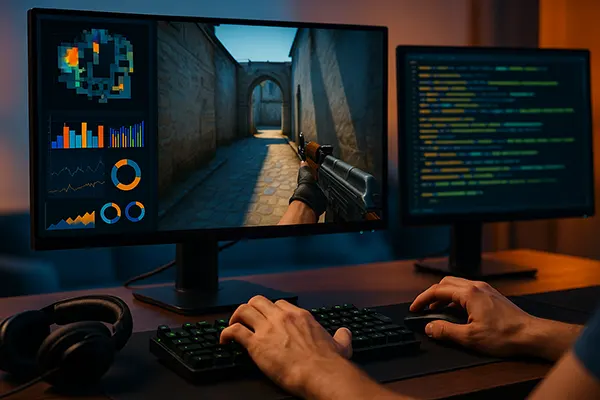How Valve Regional Standings (VRS) Shapes CS:GO Tournaments in 2025
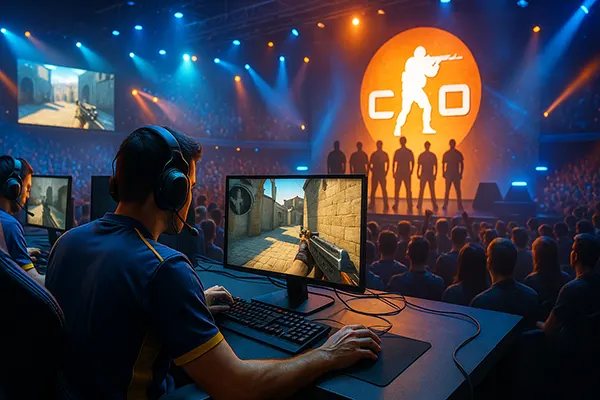
In 2025 Valve introduced the official Valve Regional Standings (VRS), a structured ranking system that determines which teams receive direct invitations to Major championships and other key tournaments. This change marks a significant step towards transparency and competitive balance in the Counter-Strike scene. VRS is designed to create a fairer environment by measuring consistent performance across multiple regions and competitive tiers. For professional organisations and aspiring players, understanding how this system works has become essential to their long-term strategies.
Structure of the VRS Ranking System
The VRS is built on a multi-tiered model that divides teams into distinct categories based on their achievements and consistency. At the top are Tier 1 teams, representing the elite organisations with strong results in official Valve-sanctioned events. Tier 2 teams include squads that demonstrate competitive promise and stability but have yet to achieve consistent top finishes. Finally, the Wildcard tier offers a pathway for developing rosters, providing them with opportunities to qualify for prestigious events through regional competitions.
Each tier carries different weight in the global ranking. Valve’s system allocates points depending on tournament results, strength of opposition, and stability of the roster. This means that frequent roster changes or inconsistent results may significantly impact a team’s standings. By ensuring that performance across a season is rewarded, the system encourages long-term planning over short-term risks.
The regional aspect is equally crucial. Points earned within a team’s home region directly influence global positioning, ensuring that strong performances in Europe, North America, Asia, or South America are recognised fairly. This regional weighting prevents smaller regions from being overshadowed by the dominance of historically stronger areas.
Tier Classification and Requirements
To secure a Tier 1 ranking, a team must consistently finish in top positions at Valve-approved tournaments and demonstrate roster stability over a set period. These requirements ensure that only organisations with proven results and reliable line-ups remain in the highest category. Tier 2 teams need fewer top finishes but must still display strong regional results to maintain their ranking.
The Wildcard category is specifically designed for emerging teams. Success in regional qualifiers or strong showings against established rosters can gradually elevate a Wildcard team into Tier 2. This progression model creates a clear developmental path, rewarding dedication and performance rather than reputation alone.
Overall, the tier classification establishes a merit-based ecosystem where opportunities are available for both established powerhouses and upcoming talents, provided they meet the criteria set by Valve.
Impact on Team Strategies
The introduction of VRS has already reshaped how professional organisations approach their seasonal planning. With rankings now directly linked to Major invitations, teams can no longer rely on sporadic strong performances. Instead, consistency throughout the year is rewarded, making every regional event and minor tournament a vital step in securing valuable points.
This shift places new emphasis on roster management. Frequent player transfers, once common in CS:GO, now risk damaging a team’s standing due to penalties associated with instability. As a result, organisations have begun prioritising long-term contracts and player development over short-term recruitment.
Additionally, regional dominance has become a more strategic goal. Teams are placing greater focus on winning within their home regions, as these results now carry significant weight in global standings. This encourages investment in local training facilities, coaching staff, and grassroots development to build sustainable success.
Recognition of Players and Organisations
Another key effect of VRS is its influence on player recognition. Individual performance within a stable and successful team is now more visible, as strong showings directly contribute to global rankings. This increased exposure benefits players seeking to establish themselves in the international scene.
Organisations also gain long-term credibility through their position in the standings. A consistently high ranking demonstrates not only player skill but also the effectiveness of management, infrastructure, and support staff. This credibility plays an important role in attracting sponsors and maintaining financial stability.
For fans, VRS introduces a more transparent way of understanding which teams truly deserve their spots at Major events. It replaces subjective invites with measurable results, enhancing the legitimacy of the competitive ecosystem as a whole.
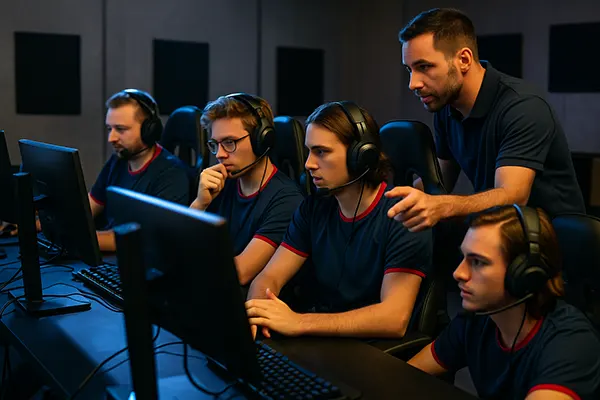
Future Implications for the CS:GO Scene
As the system matures, VRS is expected to create a more competitive balance across global Counter-Strike. By rewarding regional performance, the structure opens the door for underrepresented regions to gain a stronger foothold on the world stage. This could diversify Major line-ups and give fans new storylines to follow.
For organisations, the stability of the system provides a clearer framework for long-term investment. Teams can project their path to Majors more effectively, aligning sponsorships and growth strategies with the requirements set by Valve. This makes the competitive ecosystem less reliant on unpredictable invites and more focused on measurable success.
Ultimately, VRS represents an evolution of Counter-Strike esports into a more professional and structured environment. It acknowledges the global nature of the scene while maintaining competitive integrity through transparent and objective rankings.
Challenges and Adaptation
Despite its benefits, VRS also presents challenges. Teams from smaller regions may struggle to access top-tier tournaments, limiting their opportunities to earn high-value points. While regional weighting helps, disparities in competition levels remain a concern.
Another challenge lies in maintaining roster stability. The strict penalties for frequent changes can restrict flexibility for organisations dealing with unexpected issues such as player burnout or personal circumstances. Finding the balance between stability and adaptability will be a key factor for long-term success.
Nevertheless, by addressing these challenges through continuous refinement, Valve’s system is likely to remain the cornerstone of CS:GO esports for years to come. Teams, players, and fans now share a clearer vision of how competitive progress is measured and rewarded in 2025.

